ARC1012: Design Studio 2
This work was created by graduate architecture students for "ARC1012: Design Studio 2." Students were tasked with designing a midrise housing complex, down to the layouts of individual housing units. They were also required to take the surrounding site — a downtown Toronto neighbourhood — into account.
Haiqa Nisar
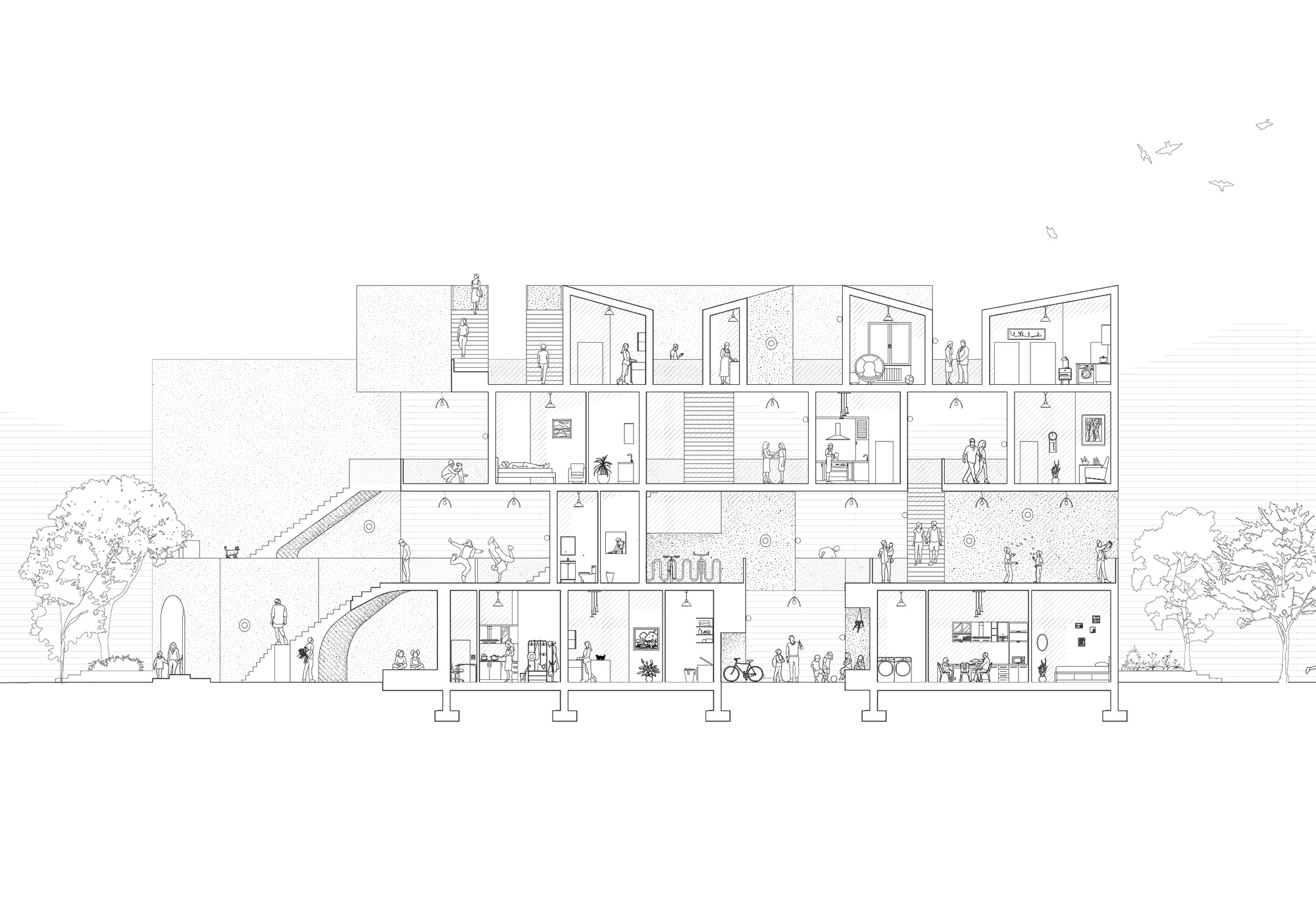
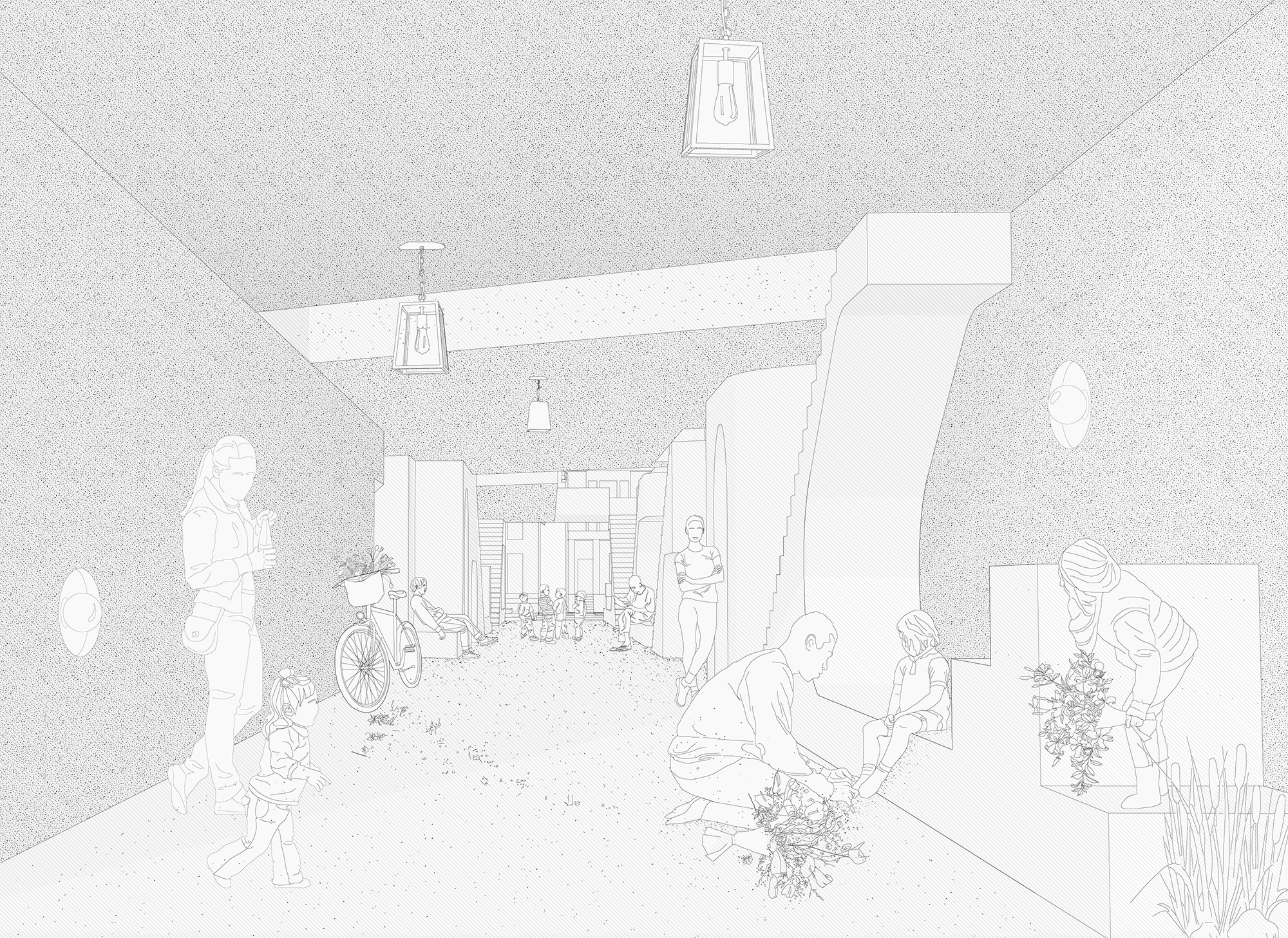
"I saw that the nearby streets, laneways, and little alleyways between houses were spaces where different levels of activity were occurring, and I wanted to create a miniature model of this hierarchy not only as the main mode of circulation but also to nourish social activity," Haiqa writes. "The widest corridor is the 'street' on the ground floor, which cuts through family units. Because of their ground-floor street, they have fastest access to the nearby school. The wider the corridor, the more spaces to pause, rest, talk, or rush. Upper levels have 'laneways' and 'alleyways' organized around smaller units."
Instagram: haiq.a
(Instructor: Mason White)
Shidong Wang
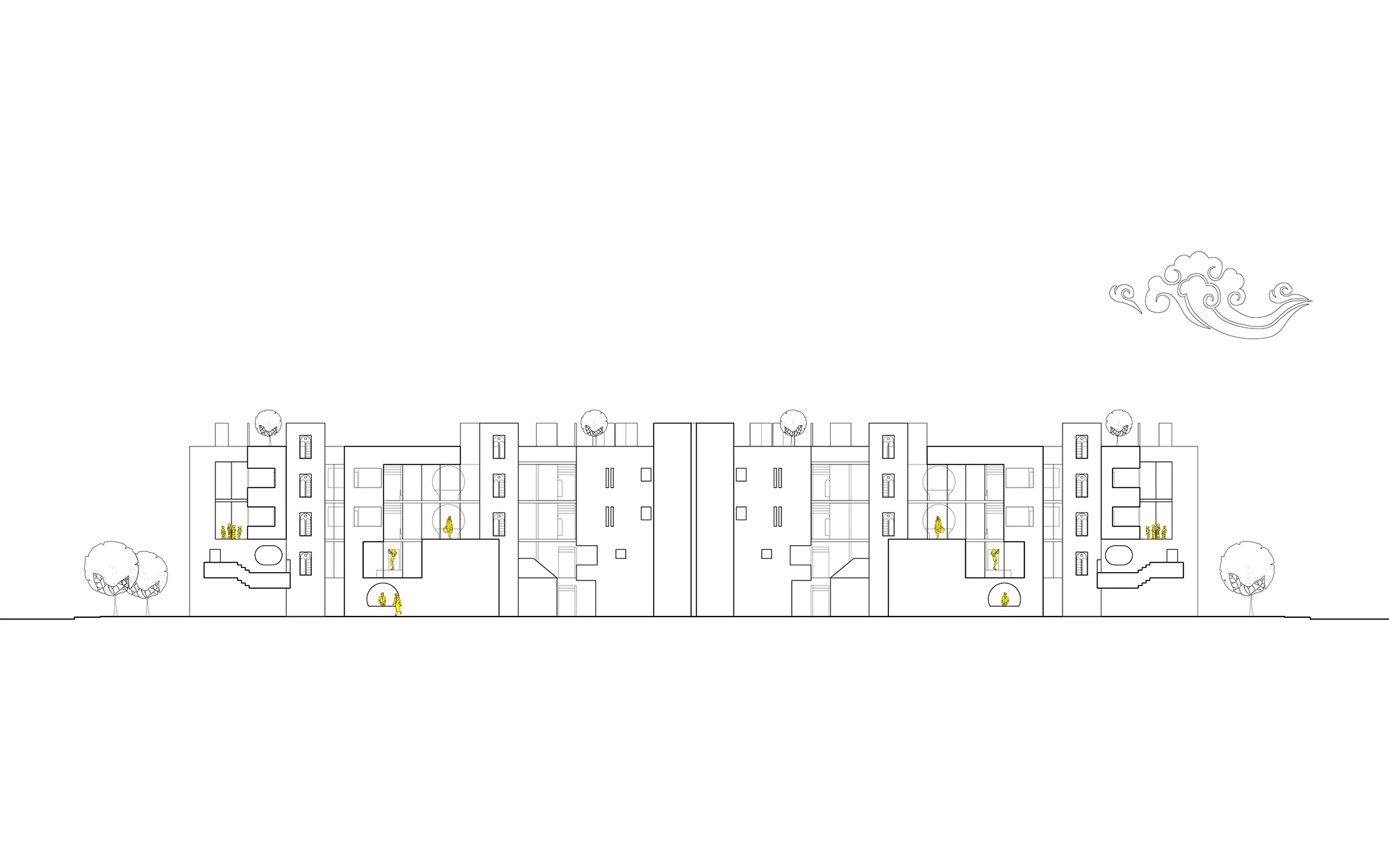
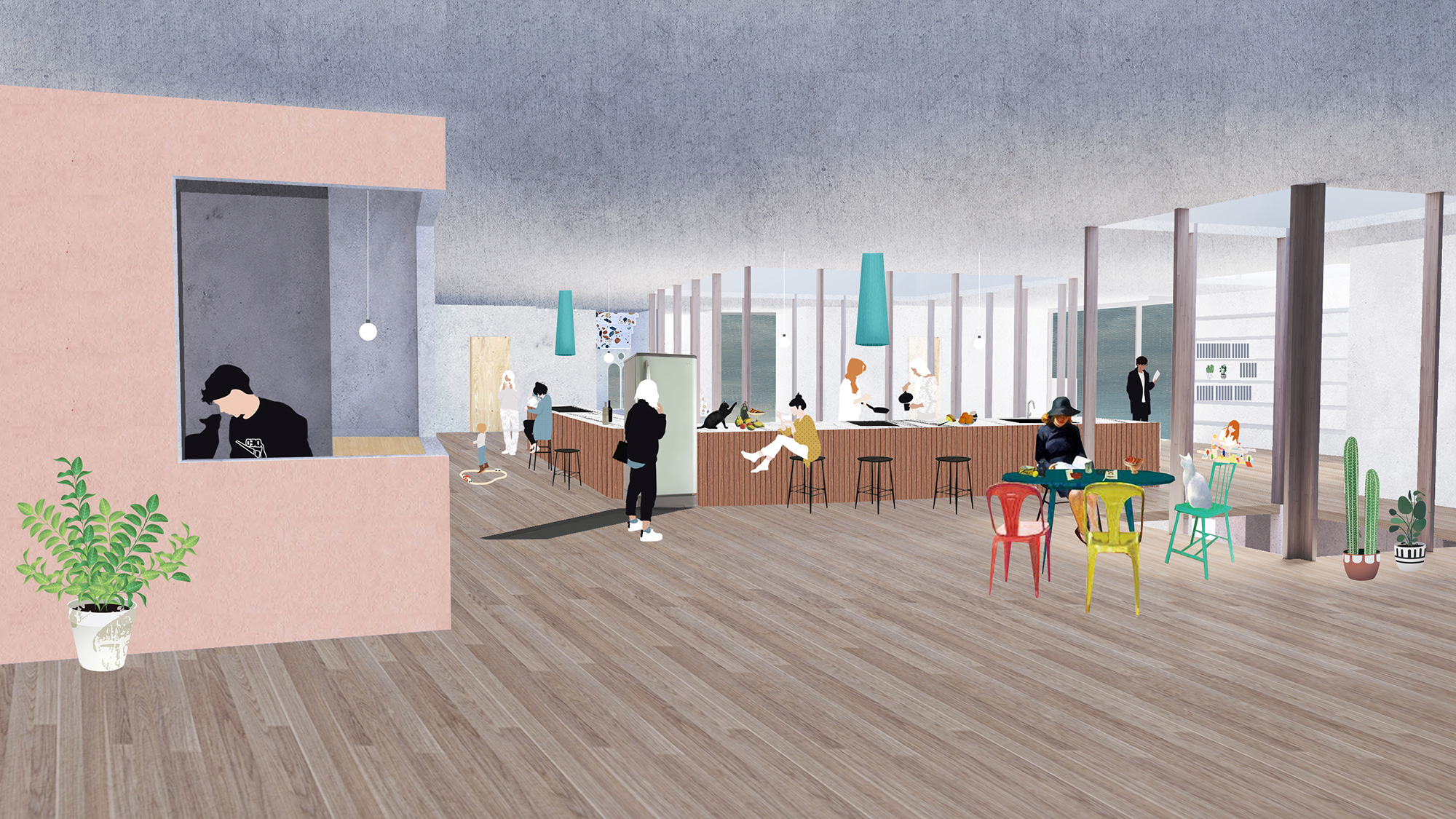
"This housing project challenges how to bring back unmatured personality and identity," Shidong writes. "By embracing sharing hobby space to serve both private owners and public neighbours, a semi-public area is created which could produce human interaction when neighbours develop and exercise their hobbies in the space." The design includes a tearoom, a café, a music room, a library, a study room, a game room, a painting studio, a garden, a pet grooming room, a skateboarding area, and a basketball court.
Instagram: tttoryw
(Instructor: Mason White)
Evan Webber
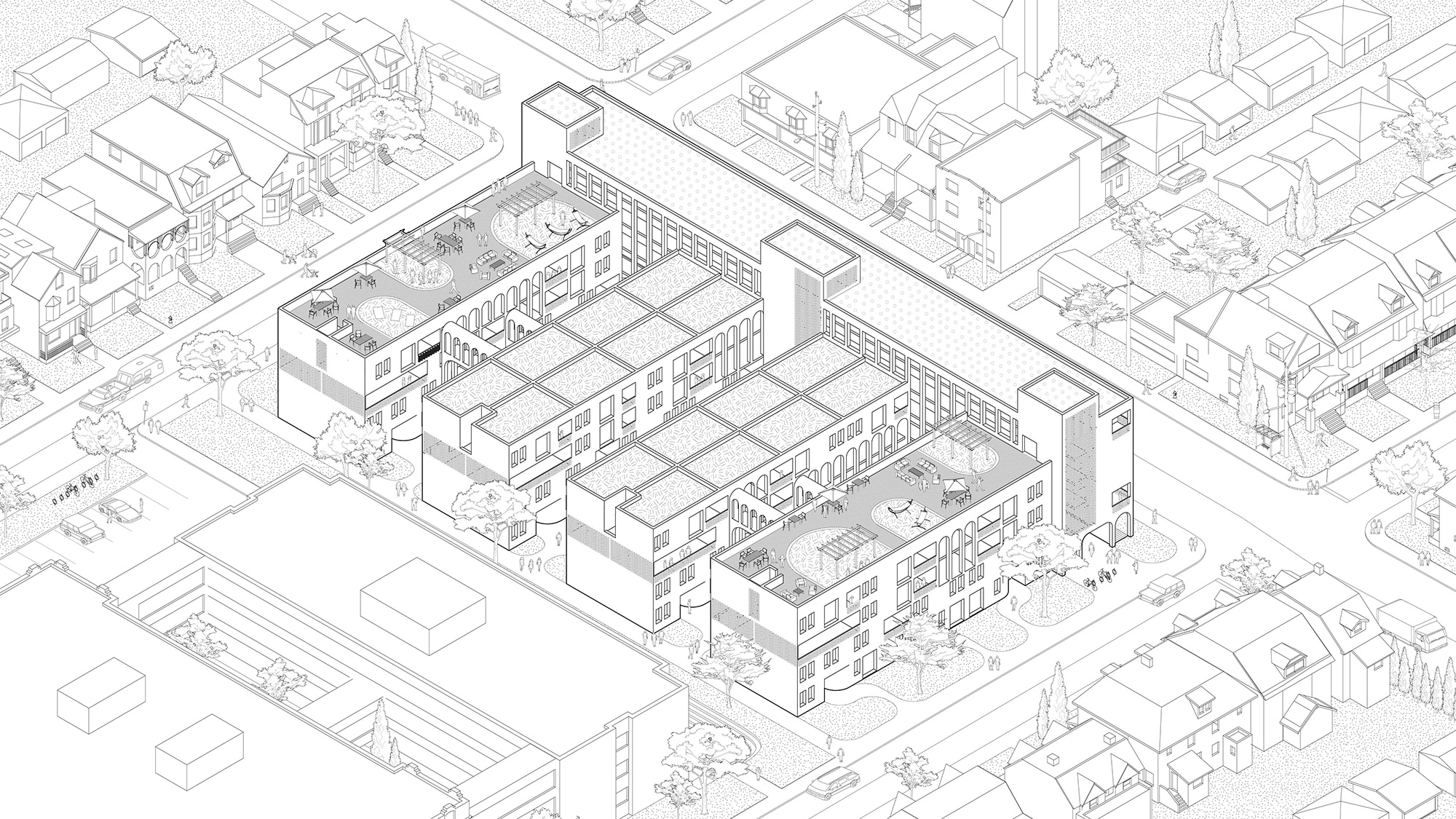
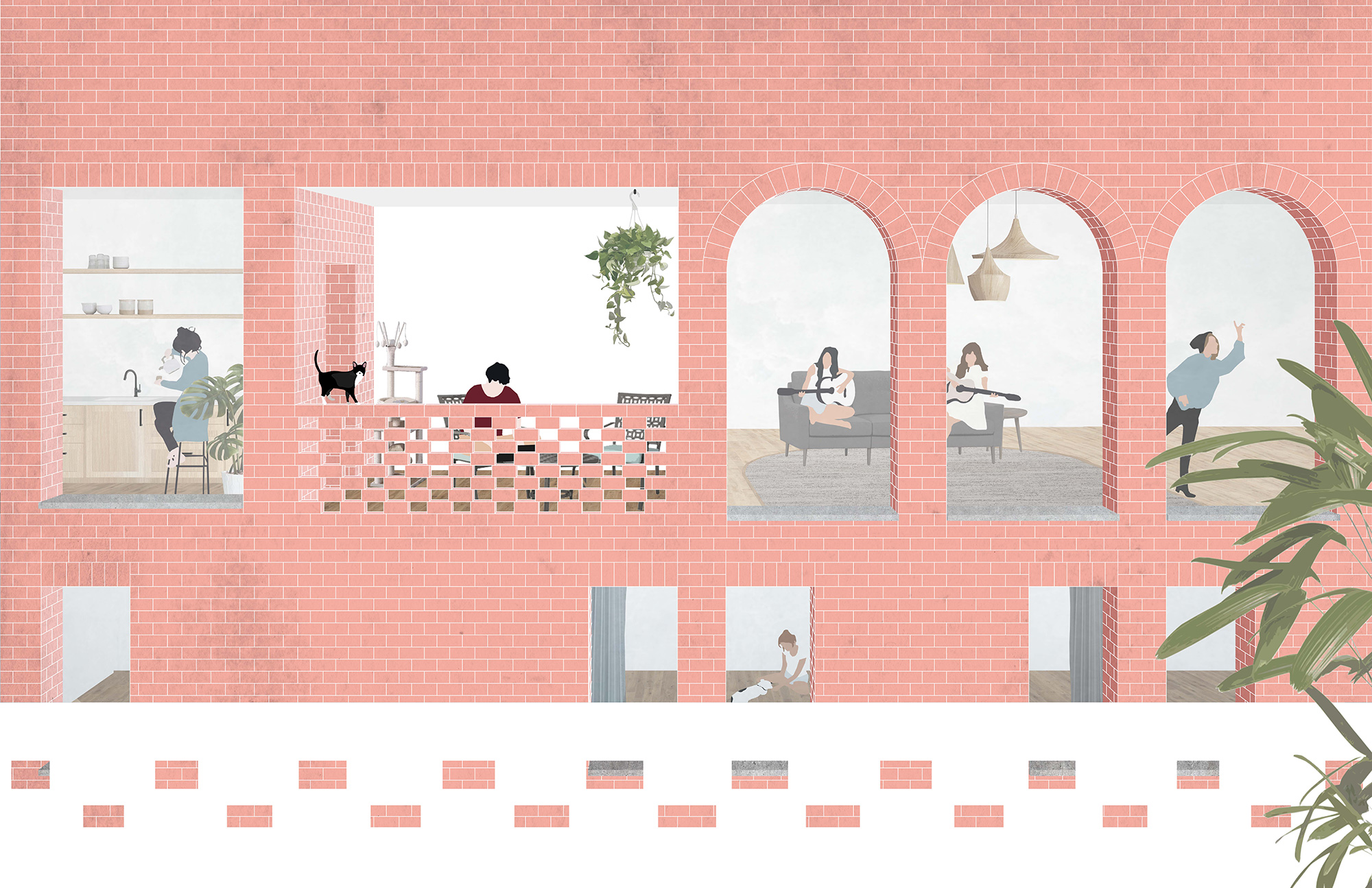
Evan's goal was to rethink the roles of decks and porches in residential design. "This is achieved through a series of personal decks on which activities that are typically limited to a backyard can take place," he writes. "Devoting a substantial space within each unit to a flexible deck promotes new ways of using the exterior as an extension of the eating, living, or sleeping area of the home. The typical internal corridor takes on an expanded role as a communal porch. The barrier between private and collective is blurred by personal objects that allow each resident’s personality to bleed into the collective space."
(Instructor: Mason White)
Zakary Jacobi
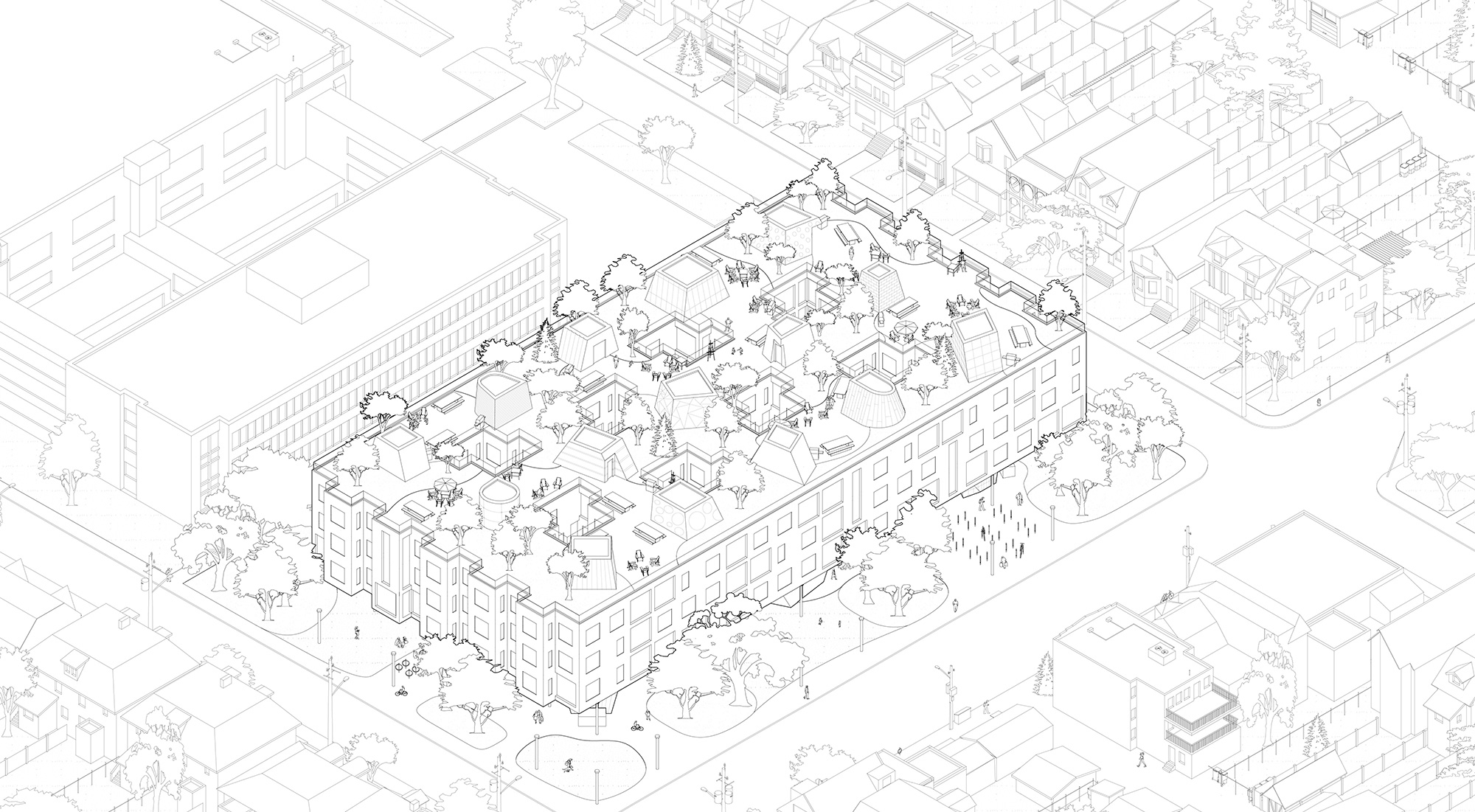
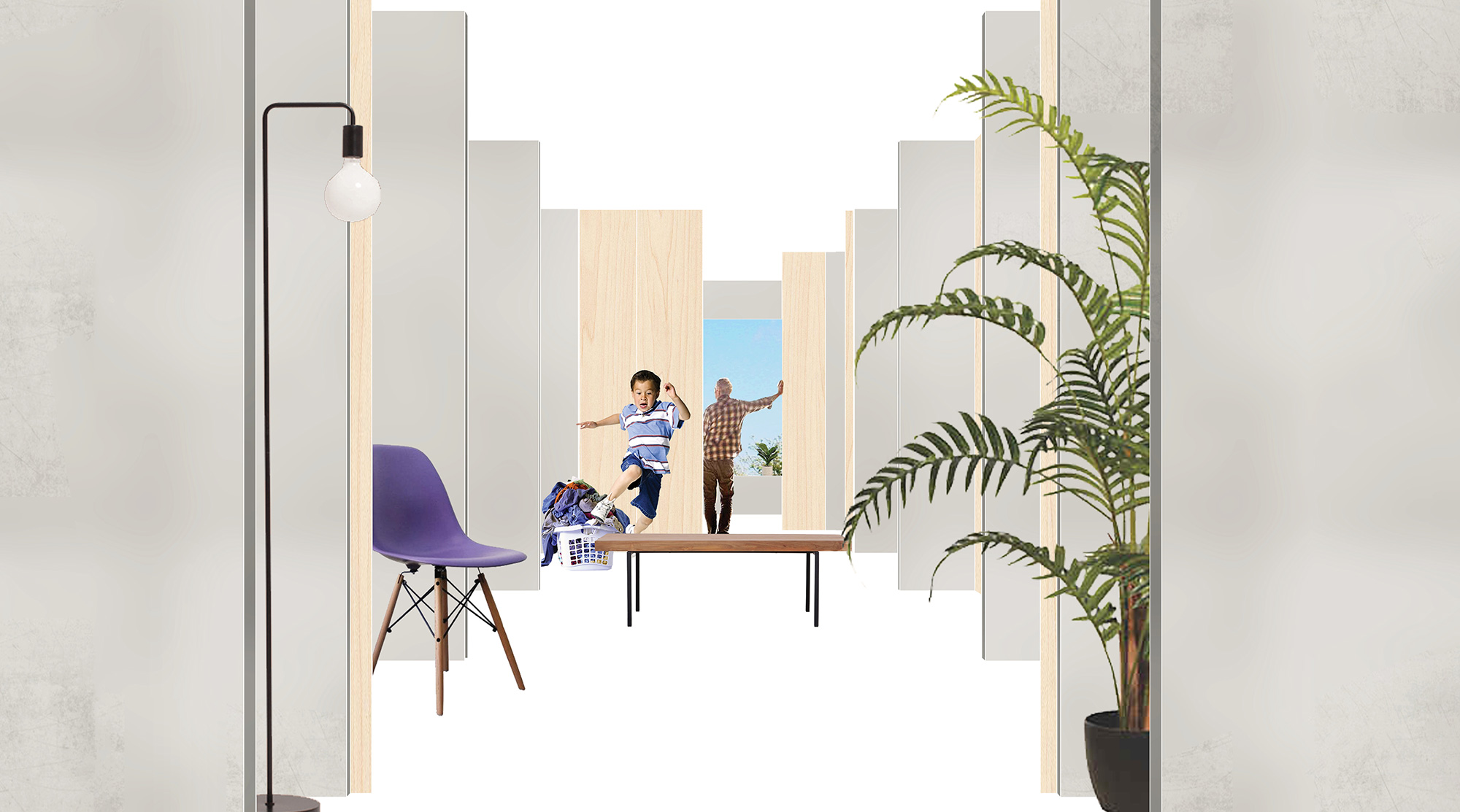
Zak was interested in notions of family and collectivity. "The project looks to engage with community through the shaping of shared spaces that exist in unison with family units," he writes. "However, community exists at a much larger variety of scale than that of a single family. The project looks to respond to this, opening up the ground plane and roof plane to welcome in the larger community that exists within the project itself and the neighbourhood as a whole."
Instagram: zak.3dm
(Instructor: Tei Carpenter)
Sahar Pashazanousi
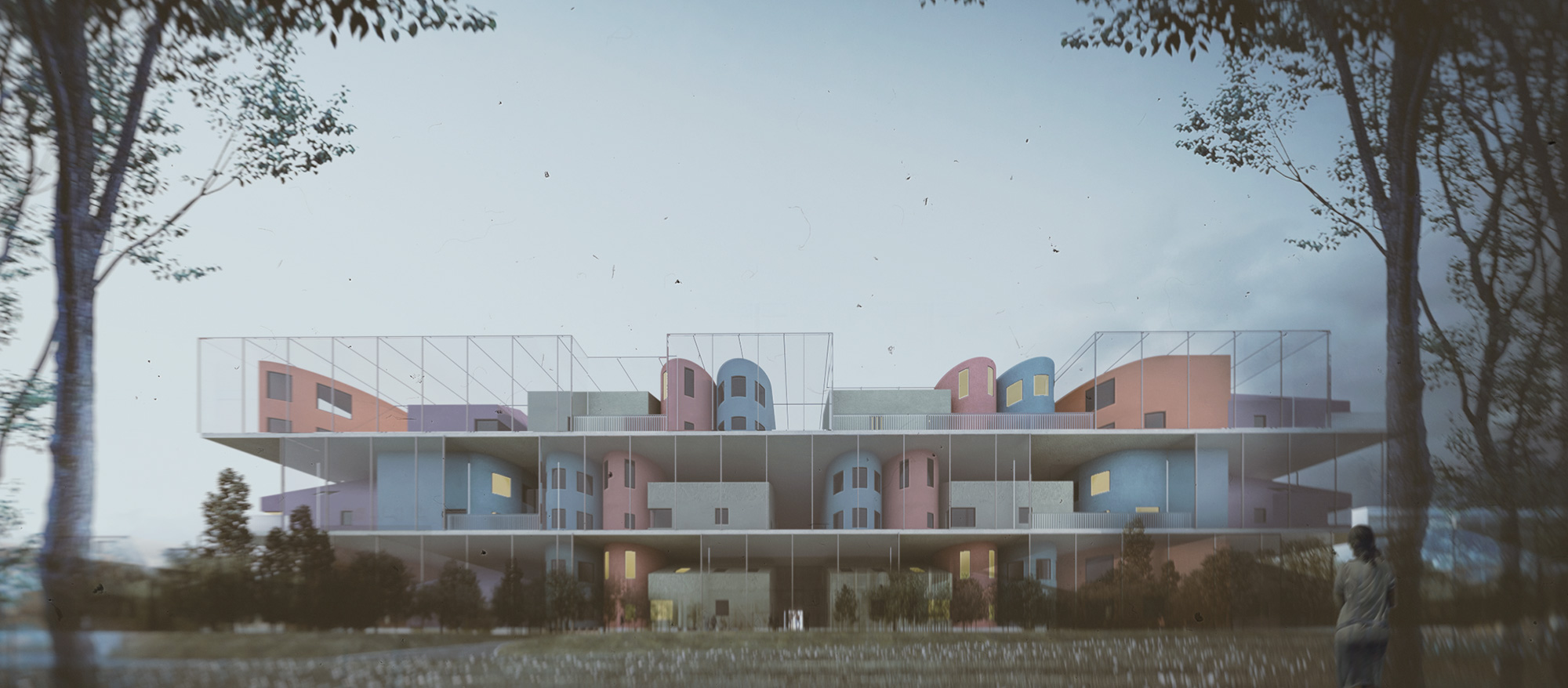
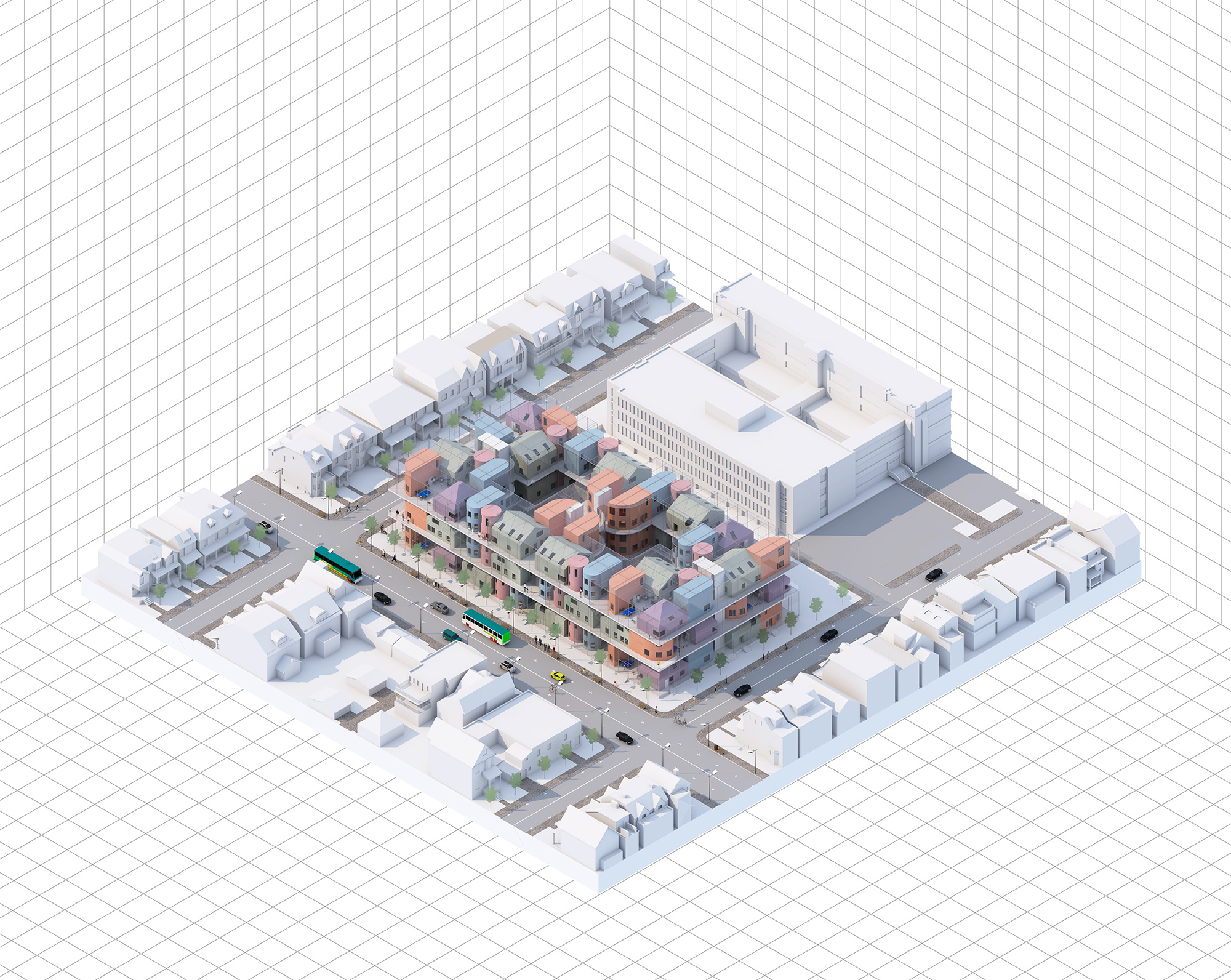
Sahar calls this design a "super-scaled version" of the single-family housing that surrounds the studio's project site. "The distribution of massing on the site creates neighbourhood units with yards, encouraging social engagement among the residents," she writes.
Instagram: sahar.pasha.zanousi
(Instructor: Julia Di Castri)
Jenna Gauder
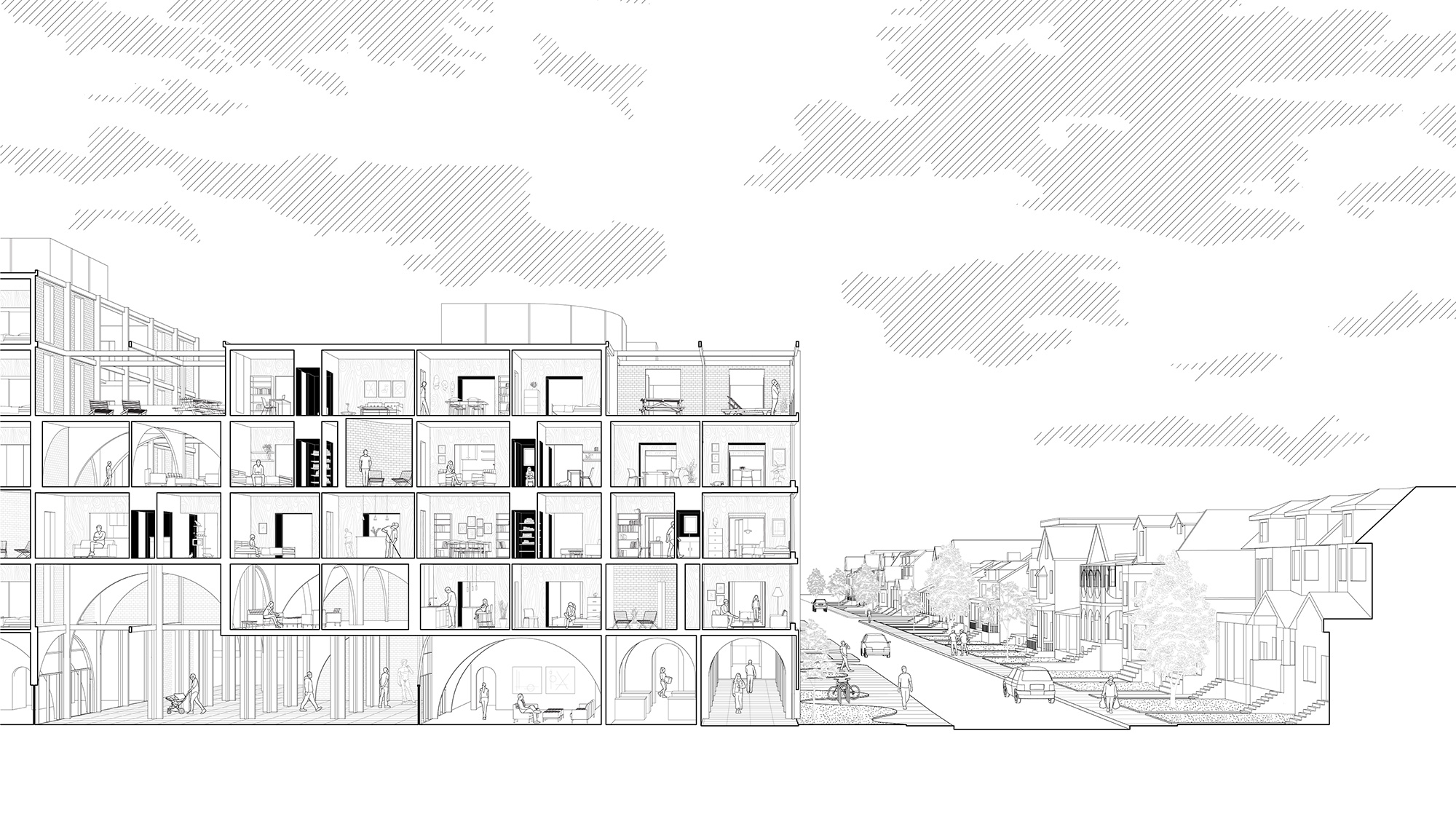
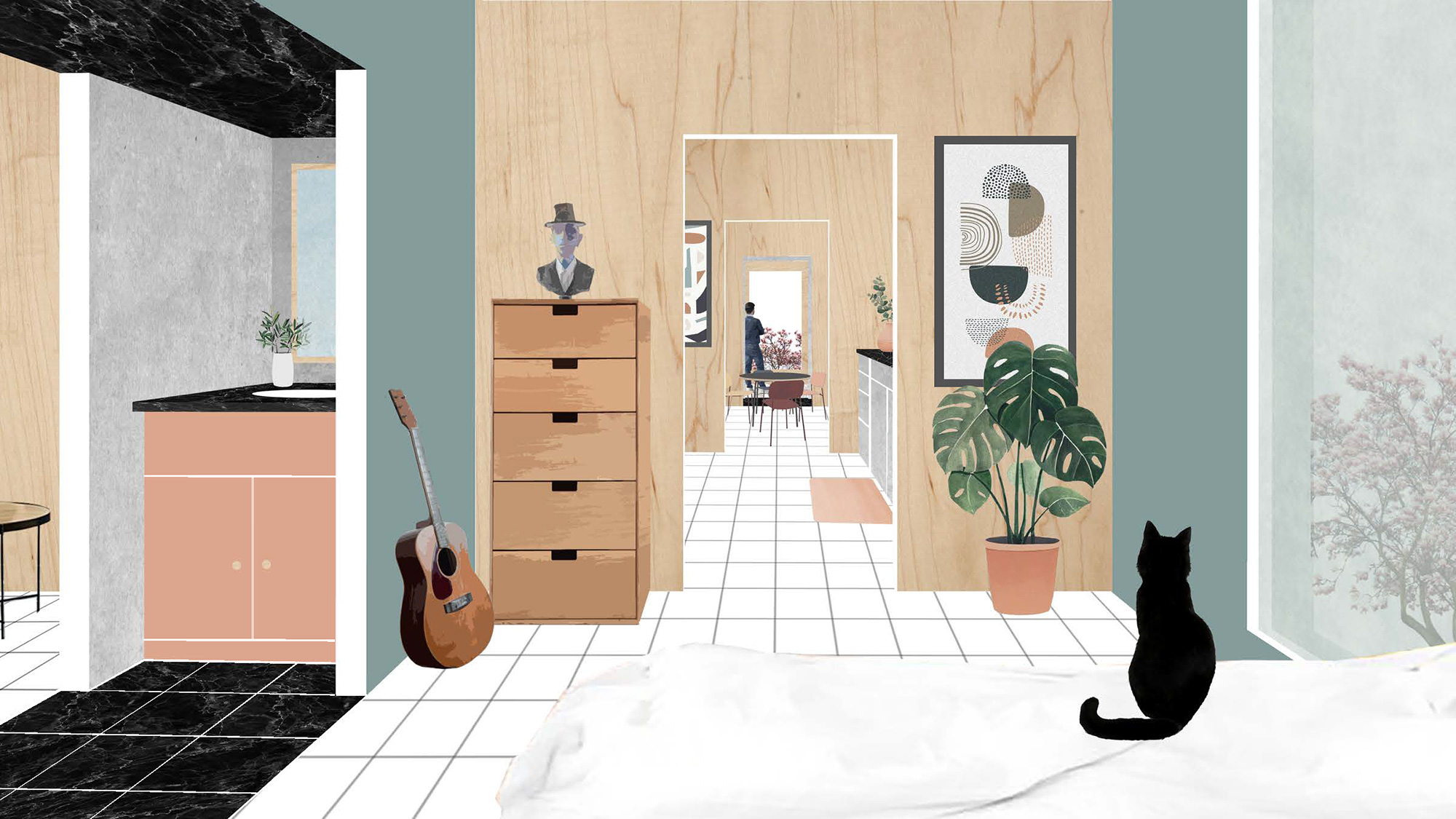
Jenna created a modern take on an enfilade. "It creates a level of openness by utilizing sightlines to connect each room," she writes. "The continuous perspective puts daily life on display while allowing for privacy when doors are closed. Poché spaces help to further segment the plan, while curved walls juxtapose against the grid to create a threshold into each unit."
Instagram: j.lirei
(Instructor: Miles Gertler)
Jiayao He
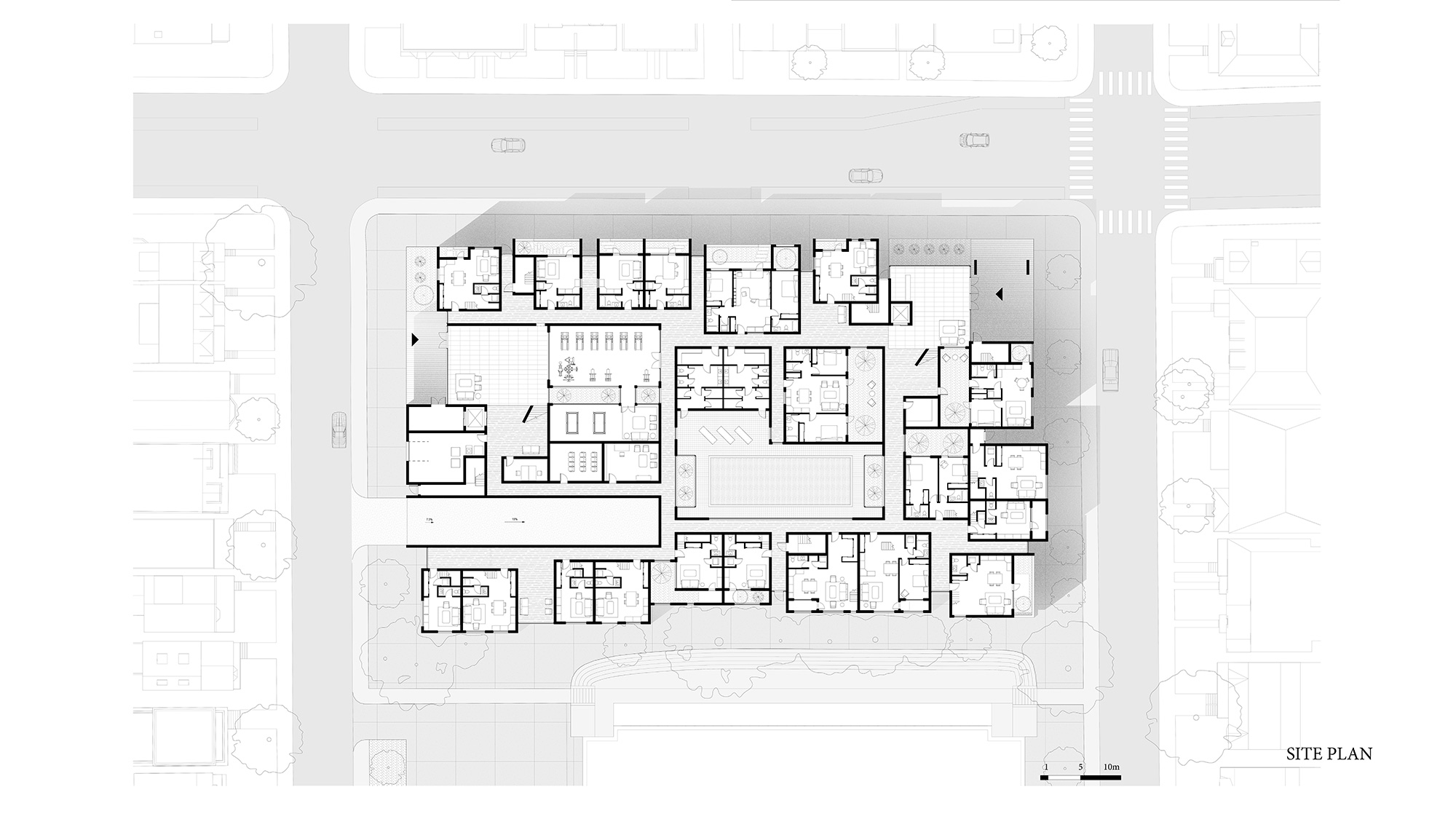
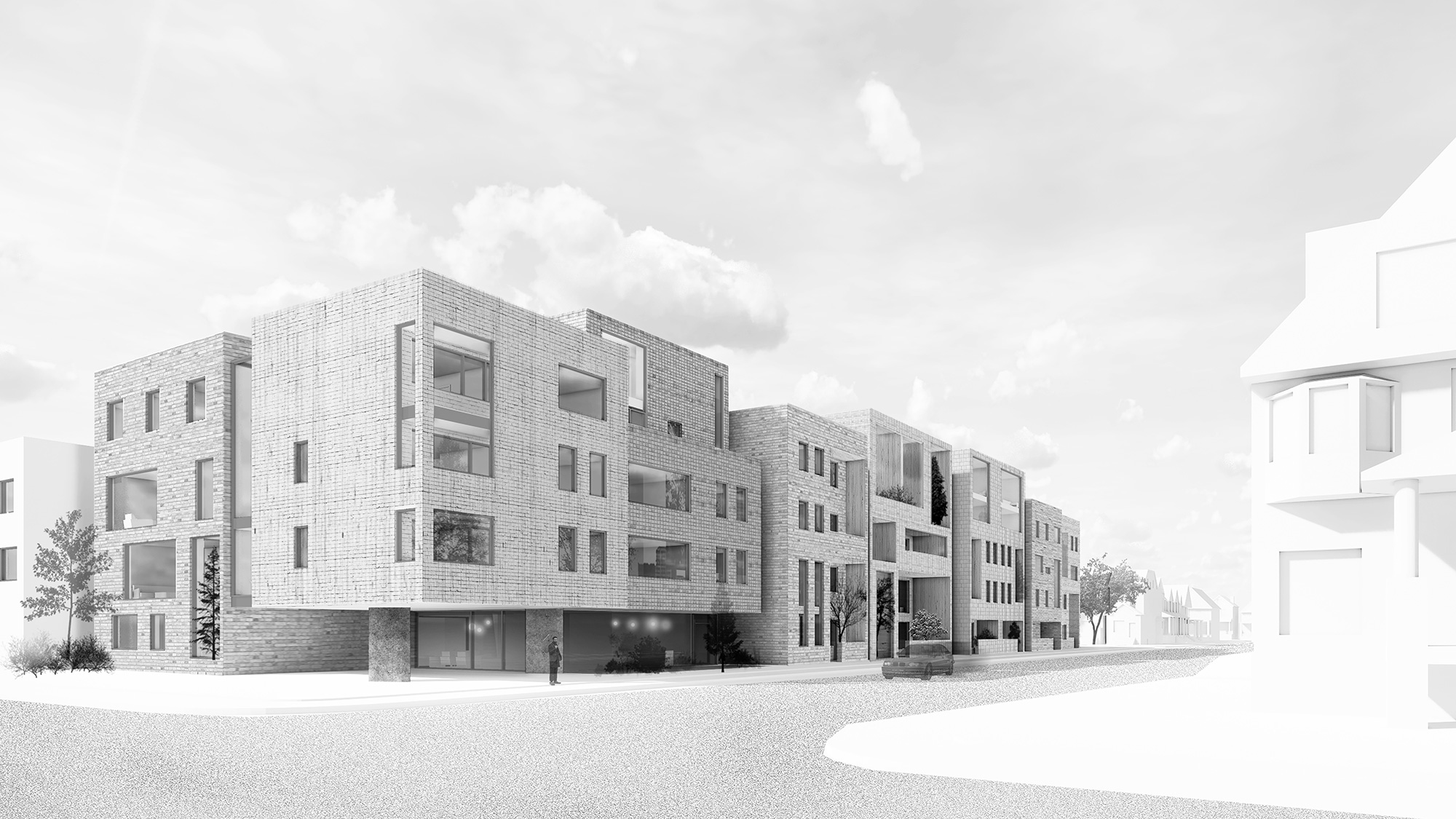
Jiayao matched the scale of the project area's low-slung, single-family homes by breaking his building's massing down into smaller blocks. The design's central feature is a large, raised courtyard. "It is raised to achieve a shallower and more comfortable proportion to the surrounding buildings," Jiayao writes. "It is only accessible to the residents, so that they will feel encouraged to use it more. The courtyard is divided into intimate spaces for multiple groups of users at the same time. A party room and a communal kitchen are adjacent to the courtyard. All these provide more potential variation of program in this space."
Instagram: jiayao_he_felix
(Instructor: Shane Williamson)
Erik Roberson
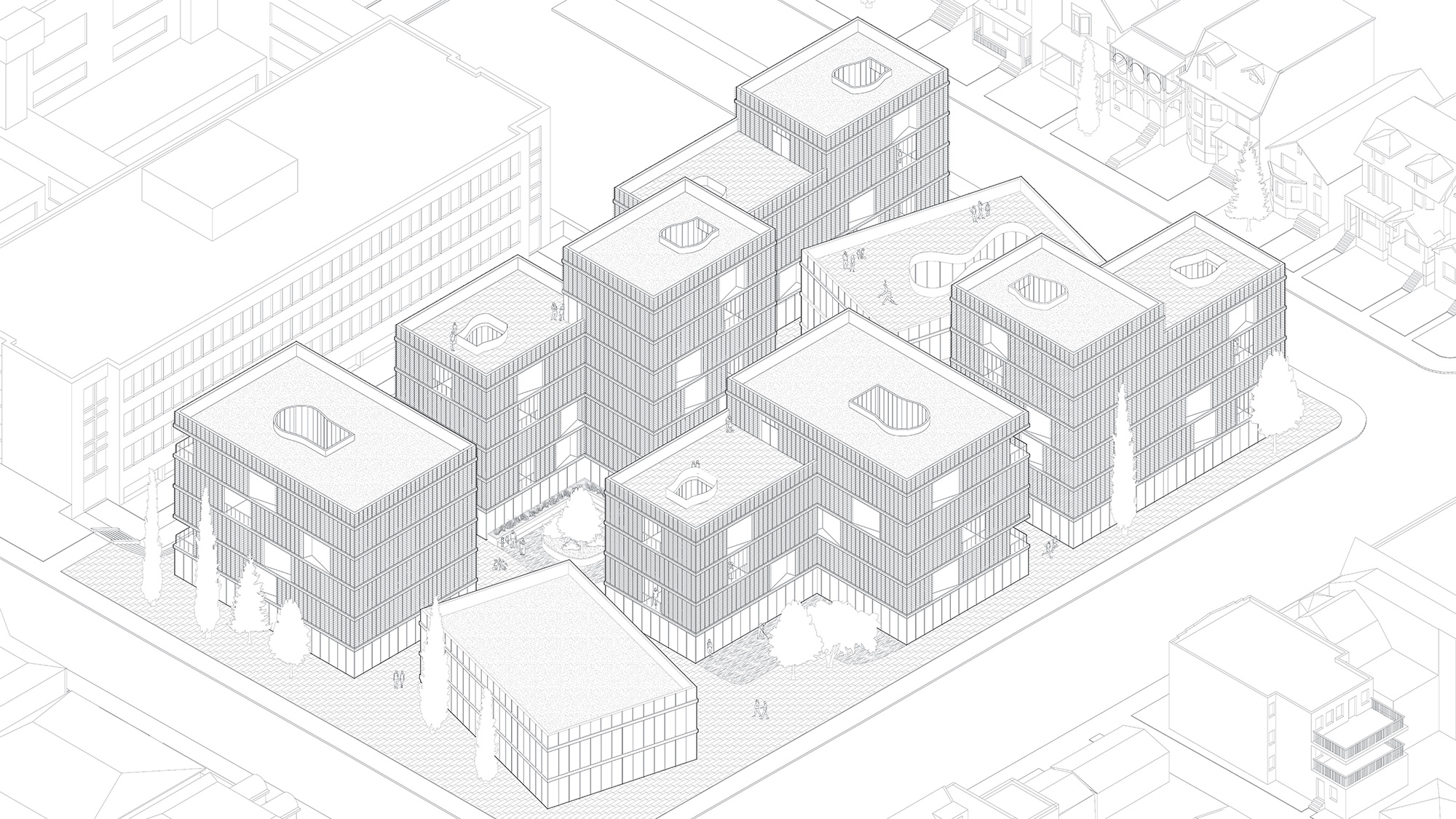
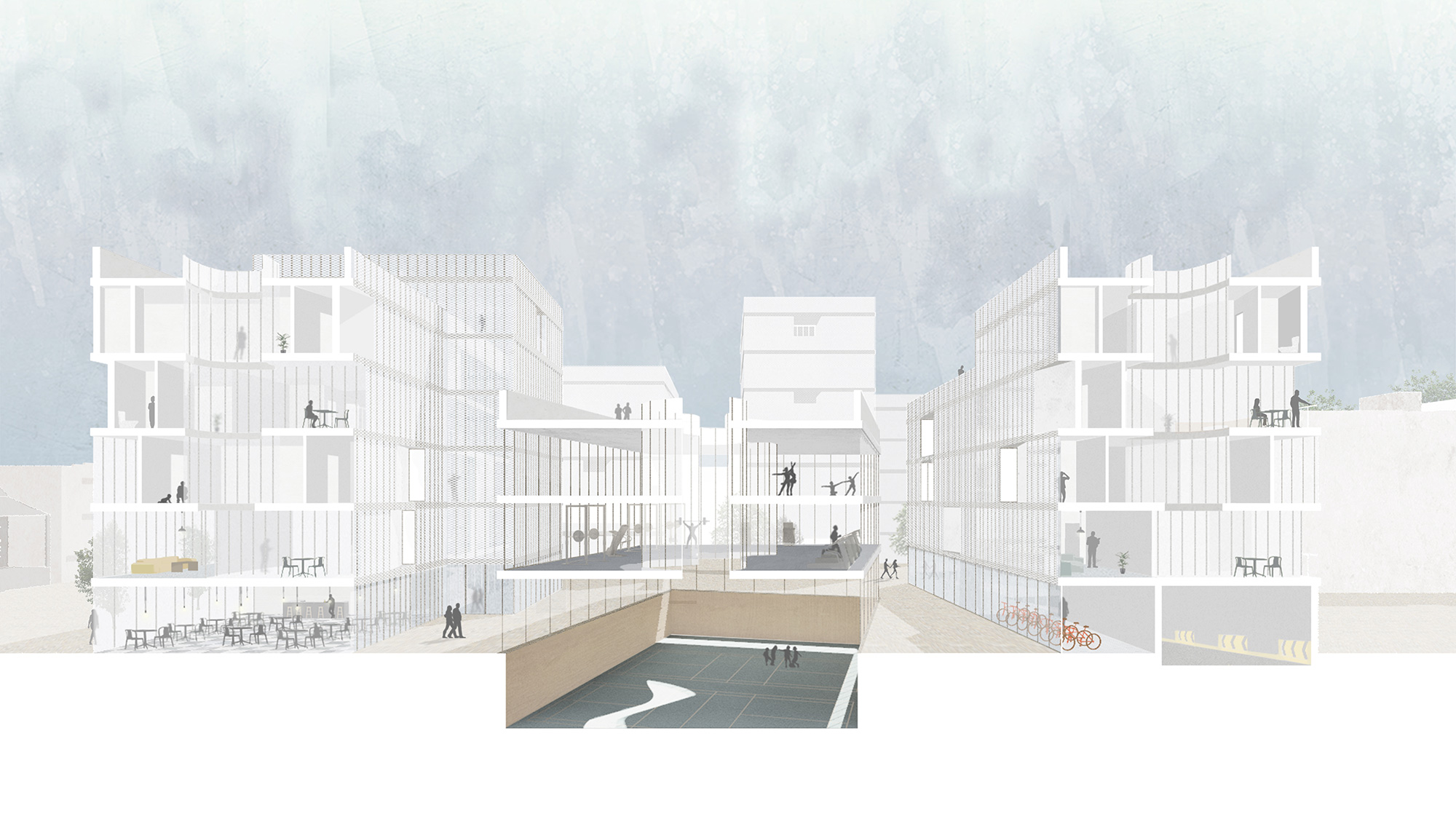
"Prompted by retail spaces flanking the roads, the public is drawn into the site through skewed access points," Erik writes. "The project then becomes progressively privatized for residents both further into the site and vertically in the towers. Light wells bring a sense of community inside the towers, with views both to upper and lower units."
Instagram: ejinmatsu
(Instructor: Shane Williamson)
Ophelia Kin-Tung Lau
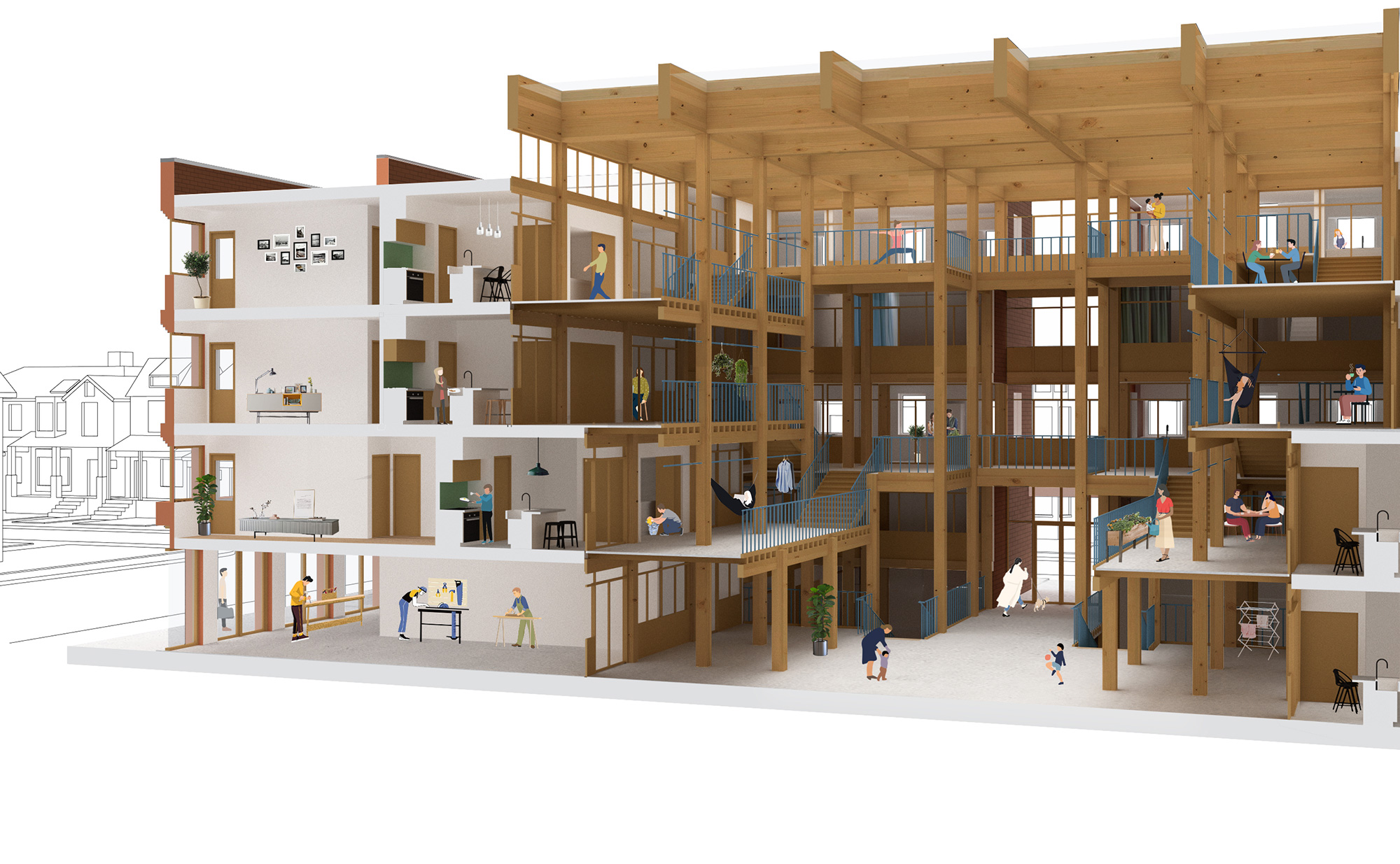
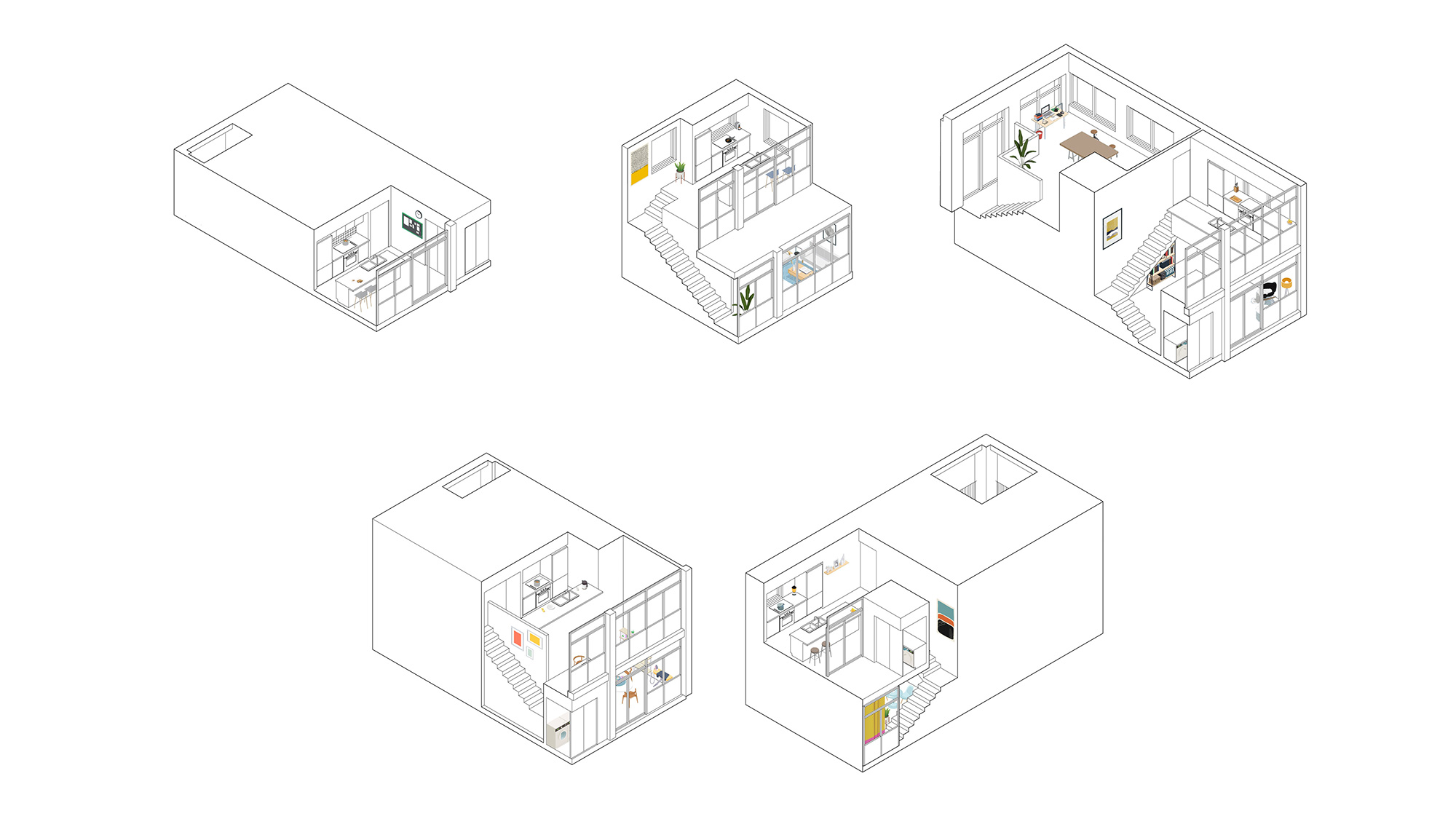
Ophelia writes: "A stairwell with exaggerated dimensions creates an internal topography mimicking a streetscape and creating a set of interior facades facing a courtyard. Spaces of domestic labour open into this shared space and create a sense of collectivity while acting as a buffer between semi-public amenities and private dwellings. Each set of two to three units shares a laundry closet that opens into the courtyard, while the kitchens are separated from the stairwell by a visually permeable facade. The internal topography reconnects with the streetscape by ramping down to meet the sidewalk and providing direct access into the building from the bike path, and by opening up storefront amenity spaces to the greater community."
(Instructor: Vivian Lee)

